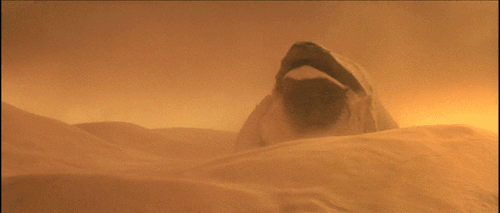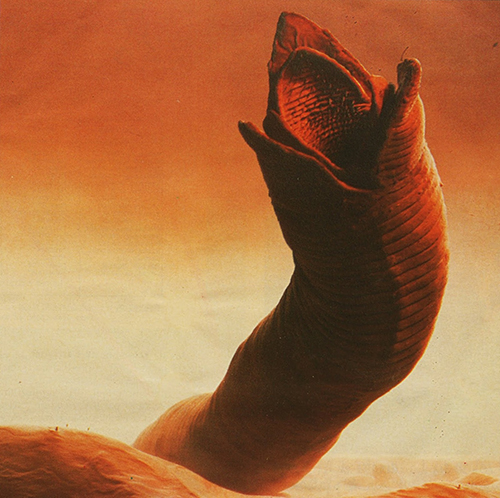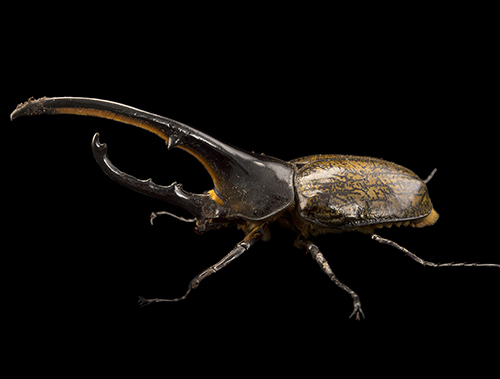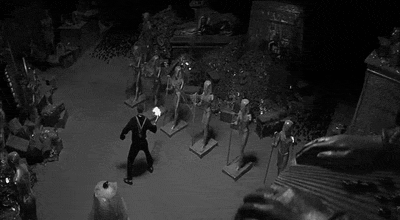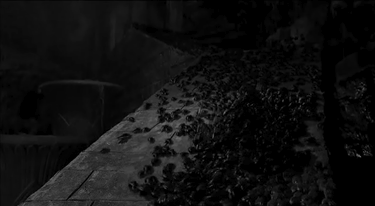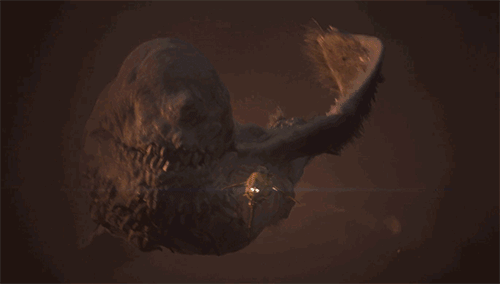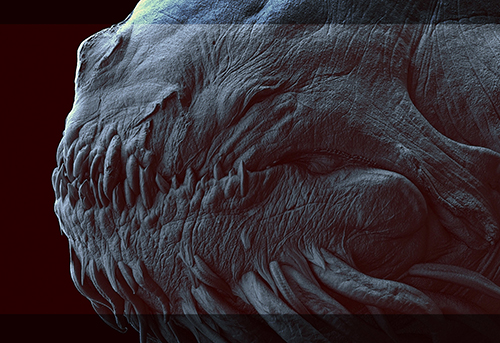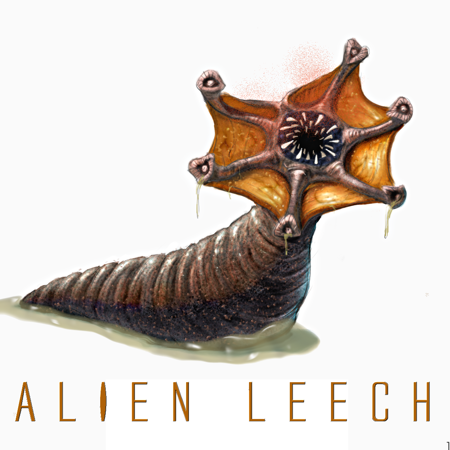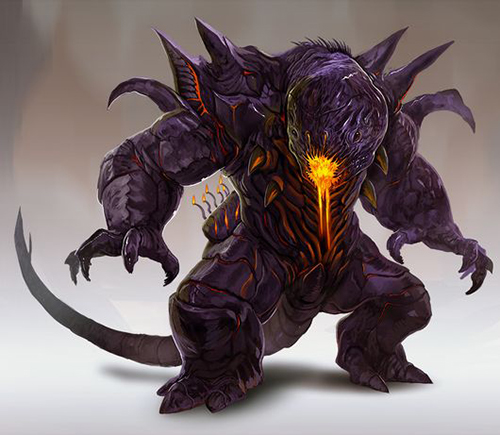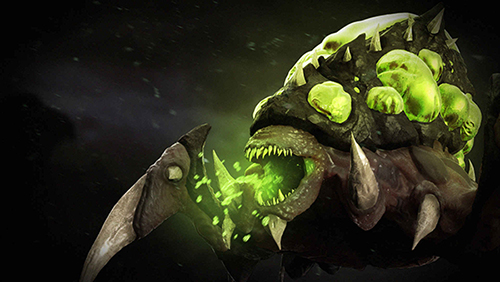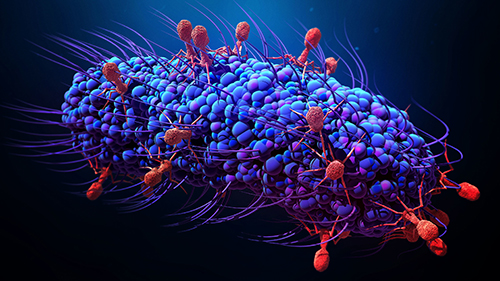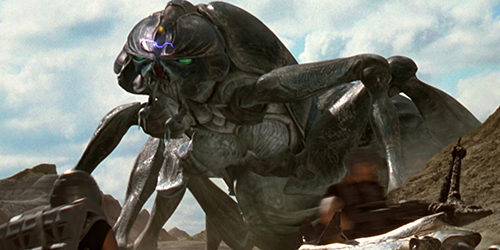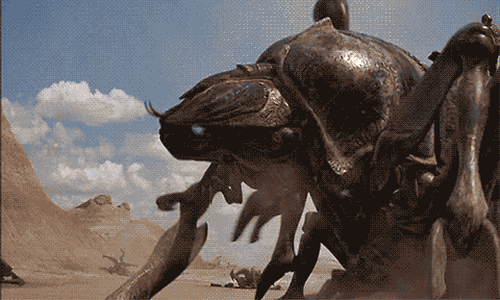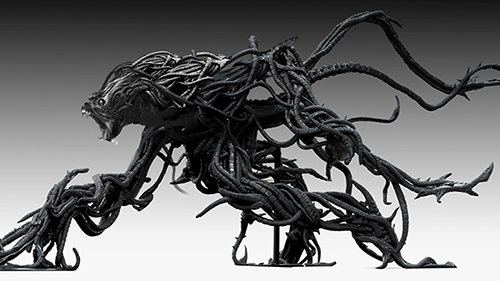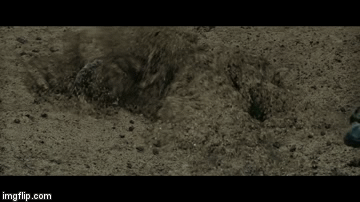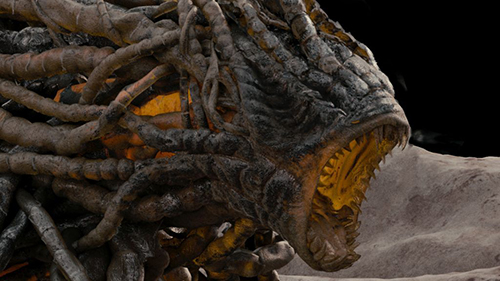Akestos
Surge Lord
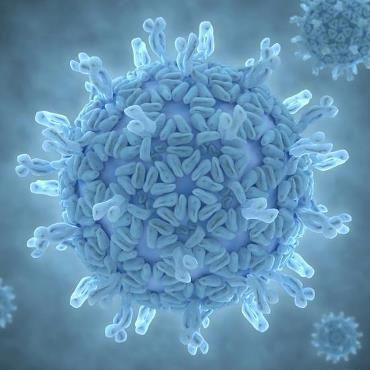

OUT OF CHARACTER INFORMATION
Intent: Infecting Microbe. Stage One of the Infection.
Links: [member="The Hive Mind"] | Akestos | [member="Kylraya"] | The SwarmSurge | The Infection
GENERAL INFORMATION
Name: Infection Agent #1a - Top Secret Classification Terminus D-15: Directive Level 15.
Designation: Non-Sentient
Average Lifespan: 60 Days
Estimated Population: Common
Description: The Infection's microbe is very tiny even for a microbe. Light blue and beautiful to look at initially. It is subtle and blends in with its host's own cells over time, usually becoming an internal part of the cell. Its color, texture, form and nature changes to adapt to the host, where possible, and sometimes in later stages even assists them. This assistance is sometimes even welcomed at first by the body with an uplift in mood. It might heal that old injury up, or give you a burst of strength. Later stages are not so pleasant for the Host, but very early on its barely noticeable at all, because often no more than a few dozens among a hundred trillion microbes will infect the host at first. The infection then being released in bursts initially, which can cause mild flu-like symptoms or perhaps a headache in the secondary or tertiary stages, before becoming far more serious.
PHYSICAL INFORMATION
Breathes: N/A
Average Height of Adults: 0.02 Micrometers
Average Length of Adults: 0.05 Micrometers
Skin color: N/A
Hair color: N/A
Distinctions: The Swarm works in stages. Infection is the first, the agents the Hive Mind uses for this task are always being developed but it prefers small. Tiny and unnoticeable. It is at first no more than a microbe, but as more of the Host becomes infected, the collective control over the body lays the groundwork for the Hive, the Swarm and the Surge to takeover. Always Stages. The infection itself also progresses in stages.
Stage One is for a few dozen microbes or more to be delivered to the target creature. These can remain for up to sixty days dormant and waiting for someone to press their hand on a surface or cut themselves on a sharp edge for example. Coughing, sneezing, sweating and fluid transfer are other possibilities to transfer the microbe, depending on its stage of infection. The way a species might become infected depends on the species, Terminus adapts as best it can to their body chemistry and cellular structure. Eliminating the infection at this early stage would be trivial but time-consuming, as these microbes are absolutely tiny, think of it like pulling very annoying small splinters. At this point, it's very doubtful the host would even realize they were infected because there would likely be no symptoms at all.
3 Days.
Stage Two of the infection is for many bursts of the microbes to be released at once and spread around the host's body. The bursts being a few hundred to a thousand in combined total. This stage might be noticeable and might likely elicit a very small immune response in localized areas, but not a serious one as a few hundred microbes is a very small drop in a very large ocean in the body. The individual might have a slight headache, a mild cough, a rash, a runny nose, nothing serious. Toward the end of this stage, the number of microbes released is quite high, in the millions but still nothing compared to what the body deals with daily, which is something like 100 trillion.
6 Days - Contagious.
Stage Three of the infection is for the millions of released microbes to try to assist the host, this is where a noticeable change might occur, old injuries might feel less stiff, cuts may heal, their eyesight or hearing may regain some of its youth, small things. The microbes if attacked may stop this on their own, prefering to hide, but it also is an opportunity for the Host to realize something isn't right, as the microbes will be reproducing and joining cells at an exponential rate. Tracking how many exist at the end of stage three is difficult. Stage three can be treated with some effort, but it is not trivial and not to be taken lightly, as removing all of these tiny microbes often takes time and serious effort, else the infection could just resurface at a later date. At this point, the host is contagious to others, and a danger to those around them.
9 Days - Contagious.
Stage Four of the infection is where the host's mind and body are often clearly affected. They will likely have serious signs of something not being right with them, what that is, is down to the species and the individual. They will be prone to lapses in concentration, perhaps even saying words that are not their own. Illness, fever, sweating, bad vision, fainting, anything that indicates a serious illness for that species. At this point, the infection has a very strong hold and is probably going to be very lengthy to treat, because the microbes will be in so many of the Host's own cells, as an integral part of them. Treating the infection could well harm the host. Because of the internal battle going on, it is also the most vulnerable time for the infection to spread to others, especially of the same species, quarantine is recommended!
12 Days - Contagious.
Stage Five If you didn't see something wrong with the individual or creature, now it's probably unmistakable. Stage Five, it's probably too late. Their body is being reshaped by the microbes. Outer exoskeletons are common, as are yellowish or orange tints to the eyes, but the infection is completely down to the species, the individual and what the Swarm is trying to do with them. They are almost certainly hearing the Swarm's Will, and possibly even feeling the Surge's impulses or Hive Mind's focused directives at this point. Can they be saved at Stage Five? Possibly, with a long time treating them, and a lot of therapy after the fact. Scars, mental, emotional and physical are all too likely. However as the microbe has more control, the Host's body actually becomes less contagious, and more at ease.
15 Days (Directive 15) - Usually Not Contagious.
Stage Six does not officially exist. At this point, there is little left of what they were before the infection, they are part of the Swarm's will, the Surge's impulse, and the Hive's focus. To a greater or lesser degree intelligence or autonomy can remain, depending on what the Hive was wanting to do with the specific individual, species or creature. At stage six there is much more peace within the body, and so the host isn't near as contagious as it was. Most host species end up not contagious at all when fully integrated, depending on the species, it is usually down to specifically selected seeding host species to carry infections to a new environment or biosphere.
Stage One is for a few dozen microbes or more to be delivered to the target creature. These can remain for up to sixty days dormant and waiting for someone to press their hand on a surface or cut themselves on a sharp edge for example. Coughing, sneezing, sweating and fluid transfer are other possibilities to transfer the microbe, depending on its stage of infection. The way a species might become infected depends on the species, Terminus adapts as best it can to their body chemistry and cellular structure. Eliminating the infection at this early stage would be trivial but time-consuming, as these microbes are absolutely tiny, think of it like pulling very annoying small splinters. At this point, it's very doubtful the host would even realize they were infected because there would likely be no symptoms at all.
3 Days.
Stage Two of the infection is for many bursts of the microbes to be released at once and spread around the host's body. The bursts being a few hundred to a thousand in combined total. This stage might be noticeable and might likely elicit a very small immune response in localized areas, but not a serious one as a few hundred microbes is a very small drop in a very large ocean in the body. The individual might have a slight headache, a mild cough, a rash, a runny nose, nothing serious. Toward the end of this stage, the number of microbes released is quite high, in the millions but still nothing compared to what the body deals with daily, which is something like 100 trillion.
6 Days - Contagious.
Stage Three of the infection is for the millions of released microbes to try to assist the host, this is where a noticeable change might occur, old injuries might feel less stiff, cuts may heal, their eyesight or hearing may regain some of its youth, small things. The microbes if attacked may stop this on their own, prefering to hide, but it also is an opportunity for the Host to realize something isn't right, as the microbes will be reproducing and joining cells at an exponential rate. Tracking how many exist at the end of stage three is difficult. Stage three can be treated with some effort, but it is not trivial and not to be taken lightly, as removing all of these tiny microbes often takes time and serious effort, else the infection could just resurface at a later date. At this point, the host is contagious to others, and a danger to those around them.
9 Days - Contagious.
Stage Four of the infection is where the host's mind and body are often clearly affected. They will likely have serious signs of something not being right with them, what that is, is down to the species and the individual. They will be prone to lapses in concentration, perhaps even saying words that are not their own. Illness, fever, sweating, bad vision, fainting, anything that indicates a serious illness for that species. At this point, the infection has a very strong hold and is probably going to be very lengthy to treat, because the microbes will be in so many of the Host's own cells, as an integral part of them. Treating the infection could well harm the host. Because of the internal battle going on, it is also the most vulnerable time for the infection to spread to others, especially of the same species, quarantine is recommended!
12 Days - Contagious.
Stage Five If you didn't see something wrong with the individual or creature, now it's probably unmistakable. Stage Five, it's probably too late. Their body is being reshaped by the microbes. Outer exoskeletons are common, as are yellowish or orange tints to the eyes, but the infection is completely down to the species, the individual and what the Swarm is trying to do with them. They are almost certainly hearing the Swarm's Will, and possibly even feeling the Surge's impulses or Hive Mind's focused directives at this point. Can they be saved at Stage Five? Possibly, with a long time treating them, and a lot of therapy after the fact. Scars, mental, emotional and physical are all too likely. However as the microbe has more control, the Host's body actually becomes less contagious, and more at ease.
15 Days (Directive 15) - Usually Not Contagious.
Stage Six does not officially exist. At this point, there is little left of what they were before the infection, they are part of the Swarm's will, the Surge's impulse, and the Hive's focus. To a greater or lesser degree intelligence or autonomy can remain, depending on what the Hive was wanting to do with the specific individual, species or creature. At stage six there is much more peace within the body, and so the host isn't near as contagious as it was. Most host species end up not contagious at all when fully integrated, depending on the species, it is usually down to specifically selected seeding host species to carry infections to a new environment or biosphere.
Races: Infecting Agent 1a - Top secret classification: Terminus or Terminus-D15
Force Sensitivity: Non-Sensitive
Strengths:
- About one-tenth of the size of most smaller microbes or bacteria, very hard to detect.
- Can work to assist the cells it forms with, forming a symbiotic relationship or remain largely dormant if that is more effective.
- Doesn't try to alter or seriously affect the host until it has established itself.
- Can be passed on to another creature or individual if the host is infectious.
- As it grows in number, through the host, the Microbe links the host to the Hive Mind, The Swarm Collective, and The Surge Impulses.
Weaknesses:
- On its own, it is nothing but a microbe.
- Takes 15 days to establish itself fully.
- Vulnerable to a good cleaner! At least until it's in the body.
- The body's own immune system may fight the microbe in later stages.
- Vulnerable to a Doctor who knows what they are doing.
CULTURE
Diet: Whatever the Cell it's in is consuming.
Communication: None but contact with Cell(s) around it.
Technology level: None Existant.
Religion/Beliefs: The Swarm's Will, The Surge's Impulse and The Hive's Mind.
General behavior: Infect- Hide. Infect - Assist. Infect - Integrate.
HISTORICAL INFORMATION
The Hive started on a distant as yet unknown rimworld, where it has achieved total integration and thus dominance over the planet. [member="Kylraya"] was the first offworlder to be infected by the Hive's Mind. Led there by [member="Raien Keth"]'s final instructions to his acolyte, realising what her force bonding nature might do when connecting to a hive. In doing so it became two sentient pieces of intelligence, not just one. For the world it had originated on, had almost exclusively been nonsentient in nature previously. When this happened, the Hive Mind became a Swarm Intelligence, or at least the first stages of it, with a sentient extension of itself able to operate independently to a degree.
This new insight or awakening, had it searching for how to incorporate more, what it called convergences of intelligence, or swarm nodes into it. It found the best way was to work with the creatures or sentients it came across, rather than completely override them, as that just made them into mindless nonsentient extensions of itself. While it still sort to extend itself, the intelligence it found uniquely benefited the overall whole, when incorporated into the growing Swarm's Will.
Thus the first off-world infecting agent was born. What one military organisation has classified Terminus, or Directive 15, use what you have. It is being seeded across the known galaxy bit by bit, day by day. Infection rates are very very low at present, adapting to entirely new and varied species in entirely new biospheres is very difficult. However the Hive has time, the swarm isn't going anywhere, preferring to steadily and slowly adapt itself naturally to eco-systems until a critical mass is reached, and what is called a surge happens to spread the Swarm's desire for expansion and growth.




